Boston, a city steeped in history and culture, boasts a vibrant urban landscape that unfortunately comes with a notorious downside – its relentless traffic congestion.
For those who call this bustling metropolis home or traverse its roadways regularly, the perennial question echoes: “What’s going on with traffic in Boston, and why is it so bad?” In this exploration, we delve into the intricate web of factors contributing to the city’s infamous traffic challenges.
From historic road layouts that clash with modern demands to burgeoning population growth and perpetual construction projects, we unravel the complexities that turn Boston’s streets into a daily battleground for commuters.
Join us on a journey to understand the dynamics behind the gridlock and discover if there’s a light at the end of the traffic tunnel for Beantown. We’ll also suggest how to overcome this problem while exploring the roads of Boston.
What’s Going on with Traffic in Boston: Why Is It So Bad?
Locals and visitors alike wrestle with the horrible traffic of Boston. Here, we peel back the layers to uncover the intricate factors contributing to the city’s notorious traffic challenges.
Historical Roots
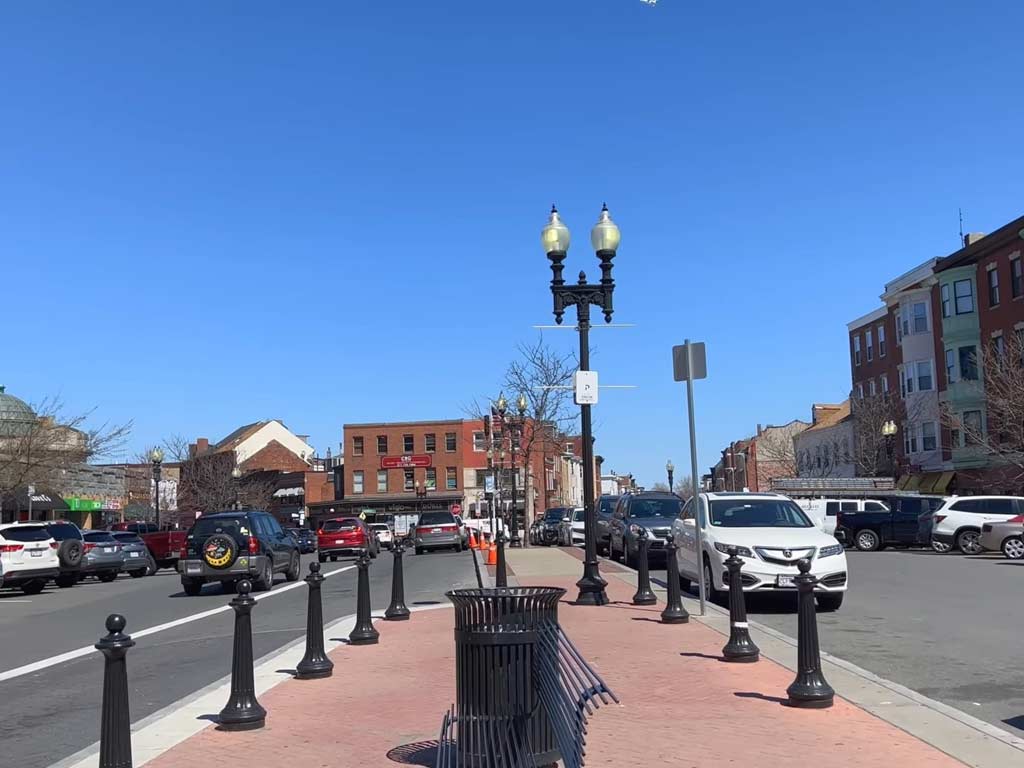
Boston’s roadways, once designed for a bygone era, now clash with the demands of modern commuting. The city’s intricate, colonial-era street layout, initially meant for pedestrians and horse-drawn carriages, struggles to accommodate the relentless flow of contemporary vehicles.
This historical foundation sets the stage for a unique and complex traffic landscape.
Population Growth
As Boston experiences a population boom, the strain on its transportation infrastructure intensifies. More residents mean more cars on the road, exacerbating congestion.
The city’s urban core, designed long before the surge in inhabitants, faces the challenge of adapting to the demands of a larger, more mobile population.
Construction Conundrum
The perpetual presence of construction sites further compounds Boston’s traffic issues. Whether it’s road maintenance, infrastructure upgrades, or new development projects, the constant state of construction disrupts normal traffic flow.
While these endeavors promise long-term improvements, the short-term impact on congestion is undeniable.
Public Transportation Challenges
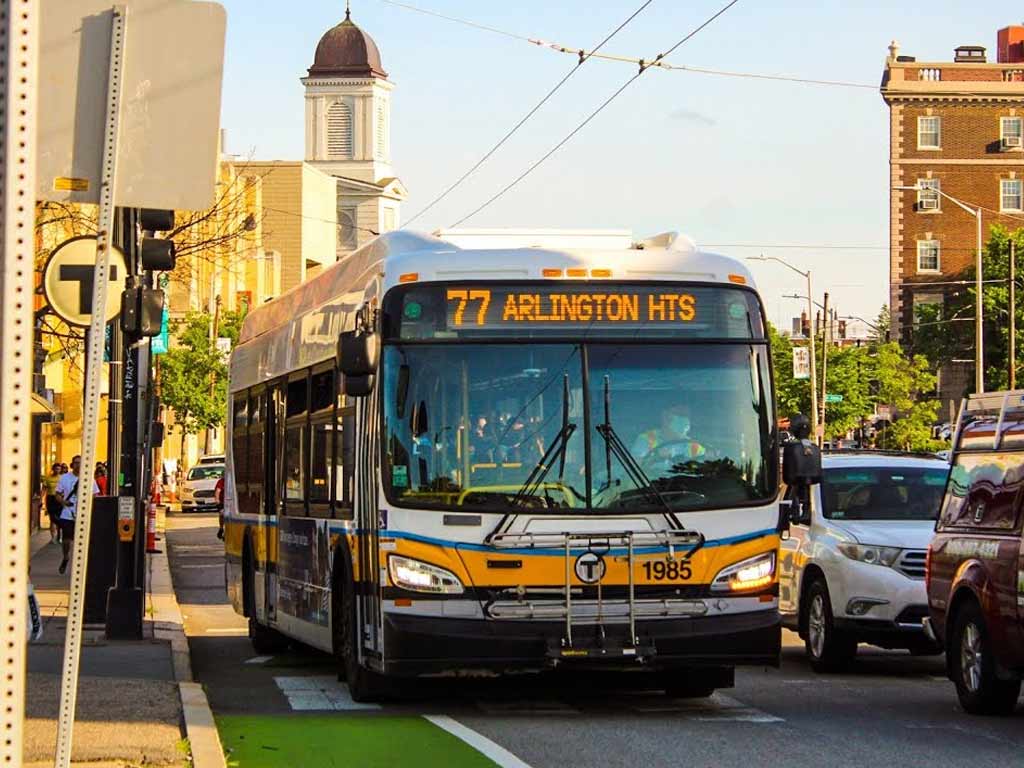
Boston’s public transportation system, while extensive, grapples with its own set of challenges. The aging subway and bus infrastructure often leads to delays and service disruptions, pushing more commuters onto the already congested roadways.
The need for modernization and expansion is evident, but funding and logistical hurdles complicate the process.
The Impact of Technology
While technology has the potential to alleviate traffic issues, it also contributes to the problem. Ride-sharing services and navigation apps, while providing convenience, can flood certain routes with vehicles, inadvertently exacerbating congestion.
Finding a balance between technological advancements and sustainable urban planning becomes crucial in addressing this aspect of the issue.
Environmental Concerns
The environmental impact of traffic congestion cannot be ignored. With vehicles idling in bumper-to-bumper traffic, air quality suffers, contributing to pollution and climate concerns.
As cities worldwide shift towards greener transportation solutions, Boston faces the challenge of aligning its traffic management strategies with environmental sustainability goals.
Short-Term Solutions
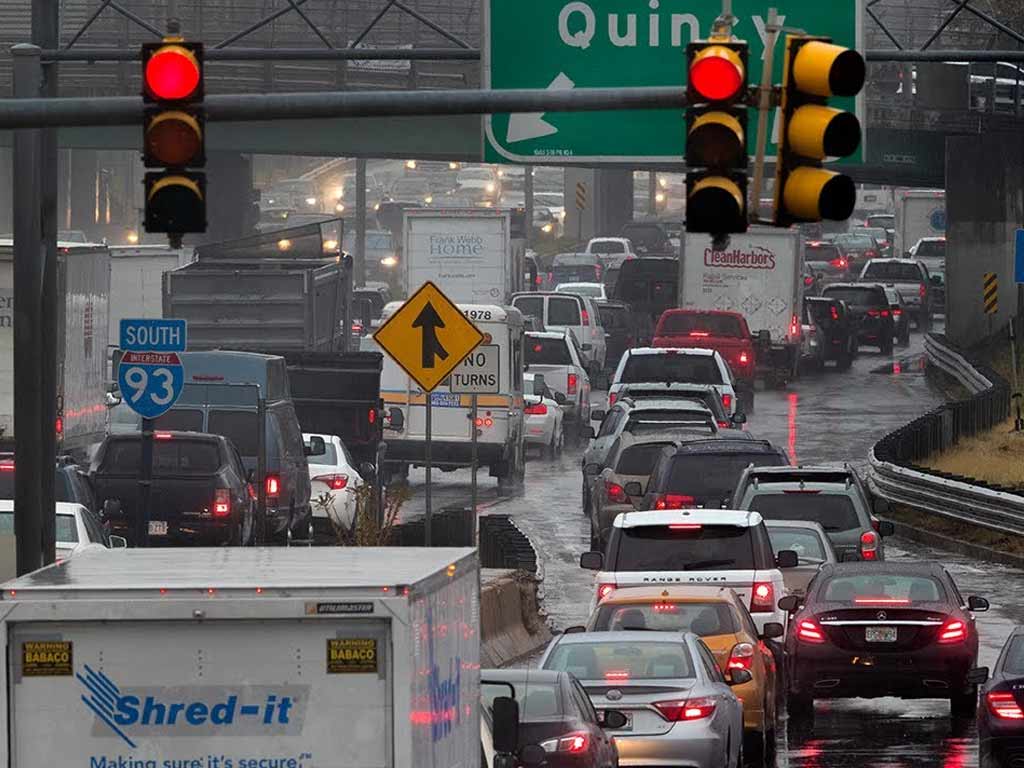
To offer immediate relief, short-term solutions such as optimizing traffic signal timings, implementing carpool lanes, and encouraging alternative commuting methods can be explored.
These measures aim to alleviate congestion quickly while paving the way for more extensive, long-term improvements.
Long-Term Strategies
Addressing Boston’s traffic challenges requires a holistic and forward-thinking approach. Long-term strategies encompass urban planning reforms, investment in advanced public transportation infrastructure, and leveraging smart city technologies.
The goal is to create a sustainable and efficient transportation ecosystem that can adapt to the city’s evolving needs.
Community Engagement
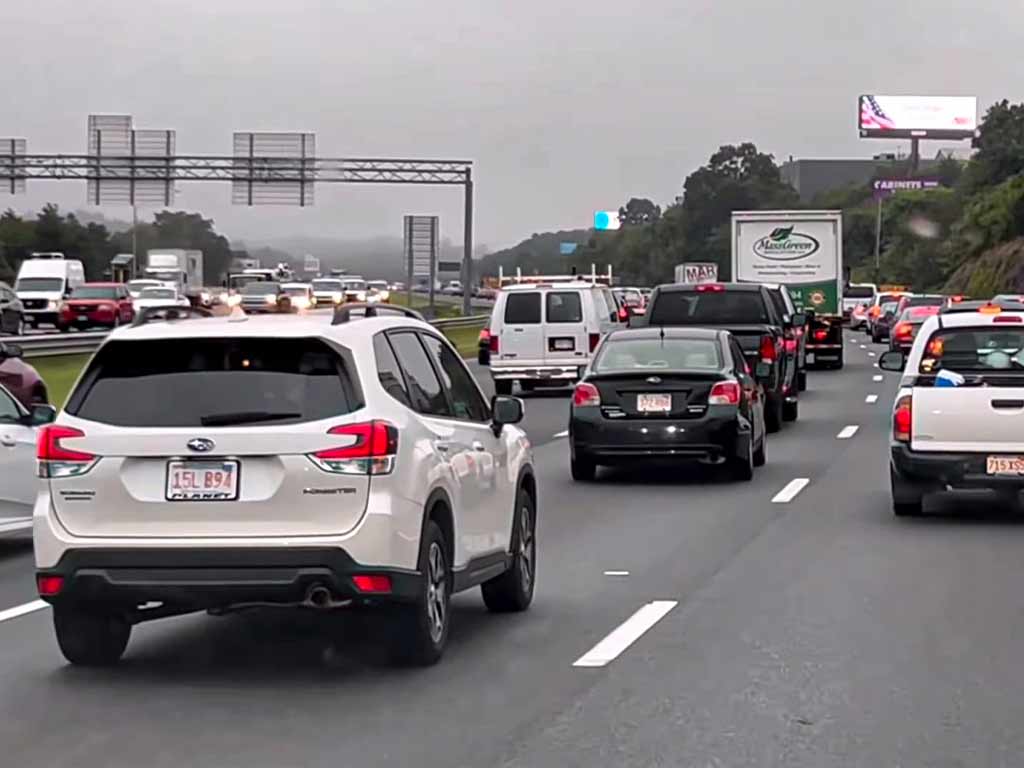
The voices of Boston’s residents are crucial in shaping the future of the city’s transportation landscape. Community engagement initiatives can provide valuable insights, ensuring that proposed solutions align with the needs and preferences of the people who navigate the streets daily.
Inclusivity and collaboration are key in fostering a sense of ownership over the city’s transportation future.
How Do I Avoid Traffic in Boston?
Boston’s notorious traffic congestion can be a daily headache for residents and visitors alike. However, with a strategic approach and a bit of insider knowledge, you can navigate the city more smoothly.
This guide explores various strategies to help you avoid traffic in Boston, from planning your commute to leveraging alternative transportation options.
Timing is Everything
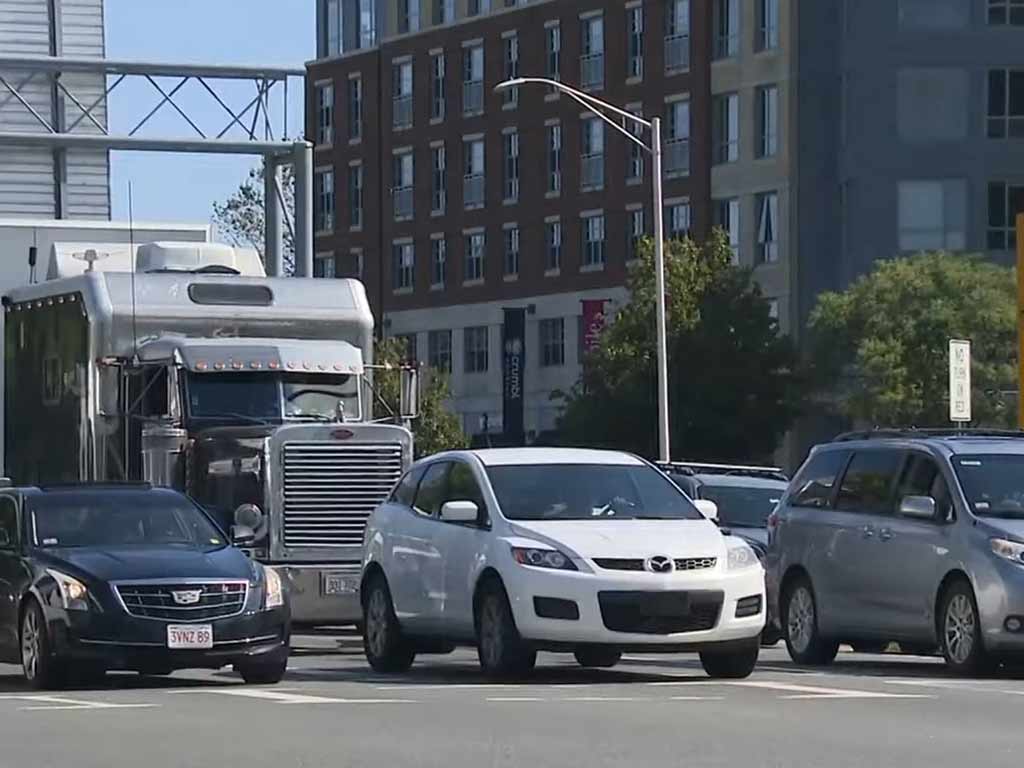
One of the simplest yet most effective ways to avoid traffic is to be mindful of when you travel. Rush hours in Boston typically occur from 7:00 AM to 9:00 AM and 4:00 PM to 7:00 PM on weekdays.
Adjusting your schedule to commute outside these peak times can significantly reduce the likelihood of getting stuck in gridlock.
Explore Alternative Routes
Boston’s intricate street layout offers numerous routes to reach your destination. Use navigation apps like Google Maps or Waze to explore alternative paths that may be less congested. Be open to trying different routes, as some lesser-known roads might be surprisingly efficient.
Utilize Public Transportation
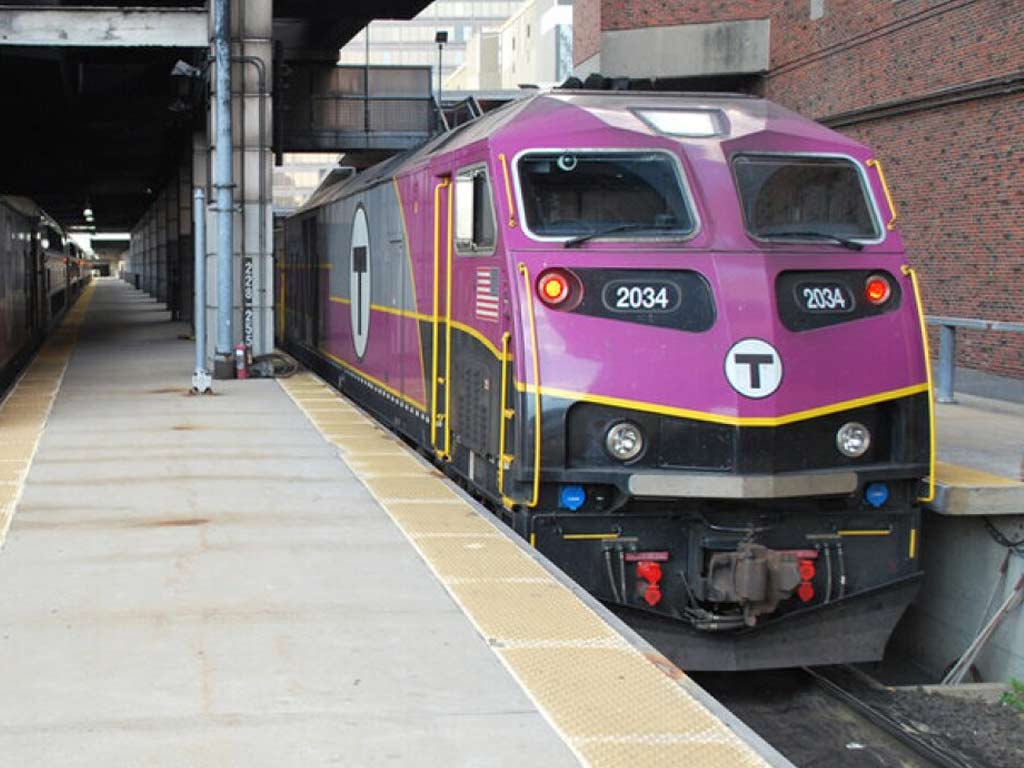
Embrace Boston’s extensive public transportation system to sidestep traffic altogether. The MBTA subway, buses, and commuter rail provide convenient alternatives.
Plan your route using public transit apps to ensure a smooth and efficient journey, especially during peak traffic hours.
Carpooling and Ridesharing
Reduce the number of vehicles on the road by carpooling with colleagues, friends, or neighbors. Ridesharing services like UberPOOL and Lyft Shared can connect you with others heading in the same direction, making your commute more cost-effective and environmentally friendly.
Biking and Walking
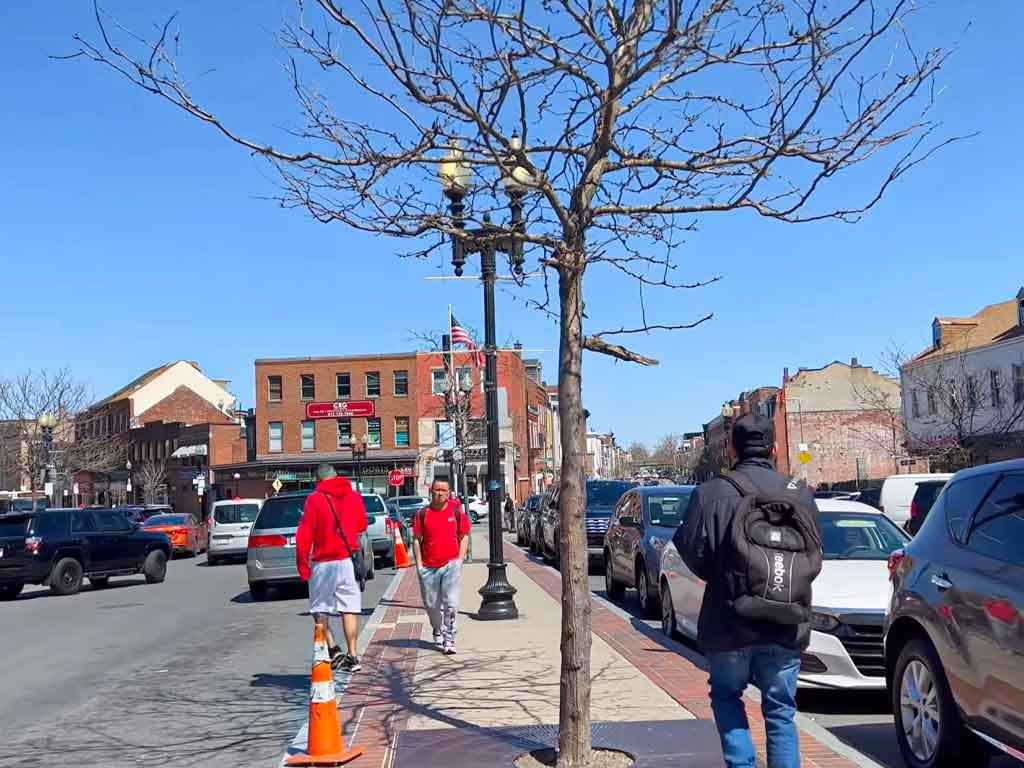
For short distances and favorable weather, consider biking or walking. Boston is a pedestrian-friendly city with designated bike lanes, and exploring it on foot or by bike not only avoids traffic but also allows you to enjoy the city’s charm at a leisurely pace.
Stay Informed with Traffic Apps
Stay ahead of traffic issues by using real-time traffic apps. These apps provide up-to-date information on road conditions, accidents, and congestion. Being aware of potential obstacles allows you to adjust your route on the fly and avoid unexpected delays.
Flexible Work Arrangements
If possible, explore flexible work arrangements, such as telecommuting or adjusting your work hours. Negotiating with your employer for a staggered work schedule can help you avoid peak rush hours, making your daily commute more manageable.
Plan Ahead for Events
Boston hosts various events, from sports games to concerts and festivals, which can significantly impact traffic. Check the event calendar and plan accordingly. Consider alternative routes or modes of transportation on days when large gatherings are expected.
Navigation Strategies
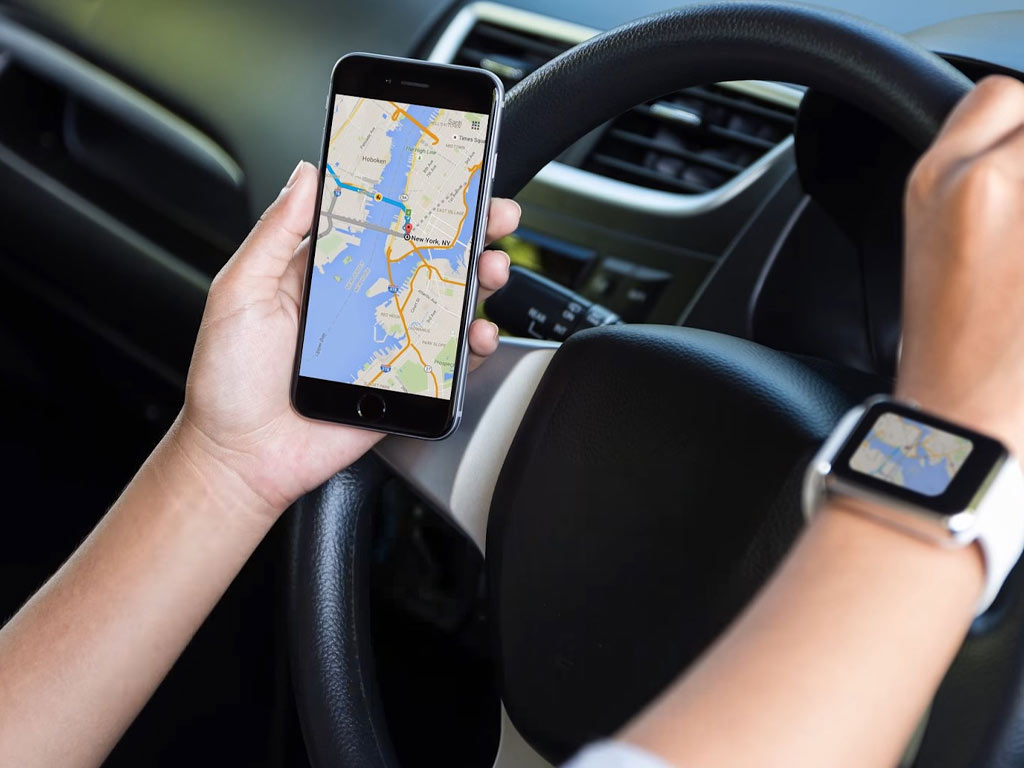
Familiarize yourself with Boston’s neighborhoods and main arteries. Knowing the layout of the city can help you make informed decisions on the road. Additionally, use navigation apps with real-time traffic data to guide you through the least congested routes.
Combine Errands
Optimize your trips by combining errands into a single outing. This reduces the number of separate journeys and minimizes your overall time on the road. Planning your day strategically can help you accomplish tasks efficiently while avoiding unnecessary back-and-forth travel.
Stay Updated on Construction Projects
Boston is no stranger to ongoing construction projects. Stay informed about road closures and construction zones that might affect your route. Municipal websites and traffic apps often provide updates on planned construction activities.
Take Advantage of HOV Lanes
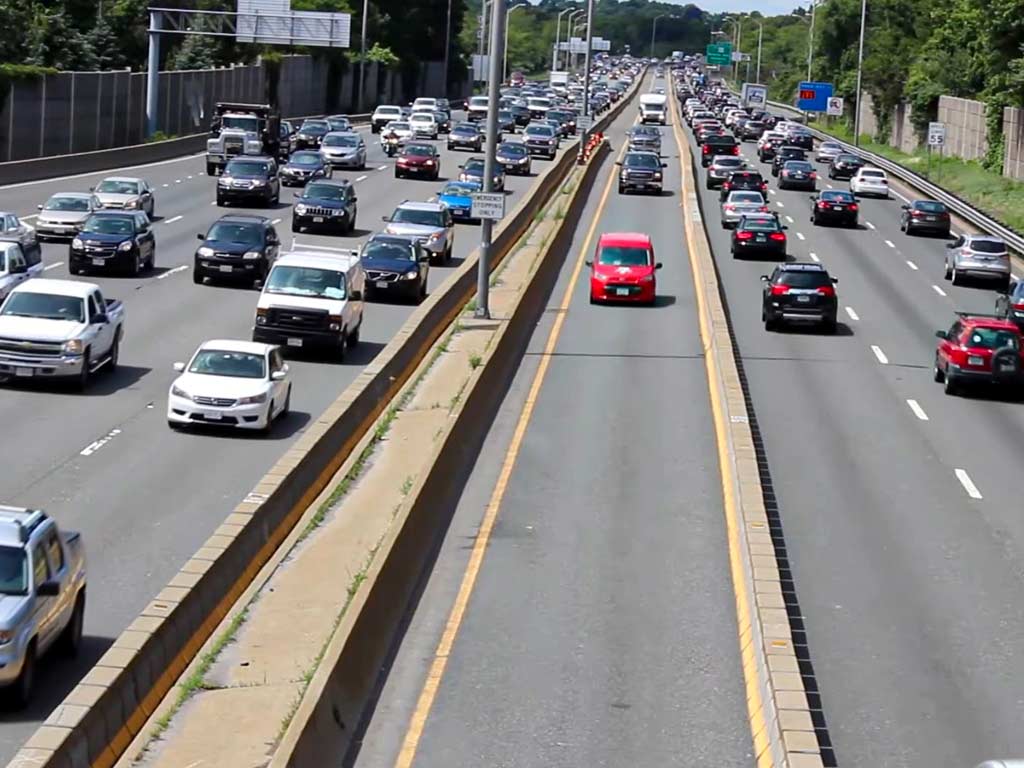
High-occupancy vehicle (HOV) lanes are designed to encourage carpooling and reduce congestion. If you have passengers with you, consider using these lanes during designated hours for a quicker commute.
Explore city-sponsored bike-sharing programs, like Bluebikes, for a convenient and eco-friendly way to move around the city.
Consider Remote Work Options
In an era of increasing remote work opportunities, explore the possibility of working from home. This not only eliminates your daily commute but also contributes to reducing overall traffic in the city.
Employ Flexible Parking Strategies
If your destination requires driving, explore flexible parking options. Some apps allow you to reserve parking spaces in advance, ensuring you have a spot waiting for you and reducing the time spent circling for parking.
Stay Weather-Informed
New England weather can be unpredictable, impacting road conditions. Stay informed about weather forecasts, especially during the winter months, and plan your commute accordingly. Allow extra time for inclement weather, and consider alternative transportation options when needed.
FAQs
Why is traffic in Boston so bad?
Boston’s historical road layout, population growth, ongoing construction projects, and a complex network of one-way streets contribute to the city’s notorious traffic congestion.
What are the peak traffic hours in Boston?
Rush hours in Boston typically occur from 7:00 AM to 9:00 AM and 4:00 PM to 7:00 PM on weekdays. Planning your commute outside these peak times can help avoid heavy traffic.
Are there alternative routes to avoid traffic in Boston?
Yes, using navigation apps like Google Maps or Waze can help you discover alternative routes and bypass congested areas. Being open to trying different paths can significantly improve your commute.
How effective is public transportation in Boston for avoiding traffic?
Boston’s extensive public transportation system, including the MBTA subway, buses, and commuter rail, provides a reliable alternative to driving. Utilizing public transit can help you bypass traffic and reduce your commute time.
What short-term solutions can help alleviate traffic in Boston?
Optimizing traffic signal timings, implementing carpool lanes, and encouraging alternative commuting methods are short-term solutions to alleviate traffic. These measures aim to provide immediate relief while paving the way for more extensive, long-term improvements.
Conclusion
The traffic quagmire in Boston is a multifaceted challenge deeply rooted in the city’s historical evolution and rapid urban expansion through the years.
The confluence of outdated road designs, population growth, and ongoing construction projects has created a perfect storm of congestion that frustrates commuters and challenges the city’s mobility.
While short-term solutions may provide temporary relief, addressing Boston’s traffic issues requires a comprehensive, long-term strategy that balances the preservation of its rich history with the demands of a modern, dynamic urban environment.
As the city continues to evolve, stakeholders must collaborate to find innovative solutions, embracing technology, public transportation improvements, and urban planning innovations to ease the burden on its roadways.
Ultimately, untangling the knots in Boston’s traffic requires a collective effort and calculative measures, ensuring that future generations can navigate the city with greater ease and efficiency.
Jaclyn Lowe